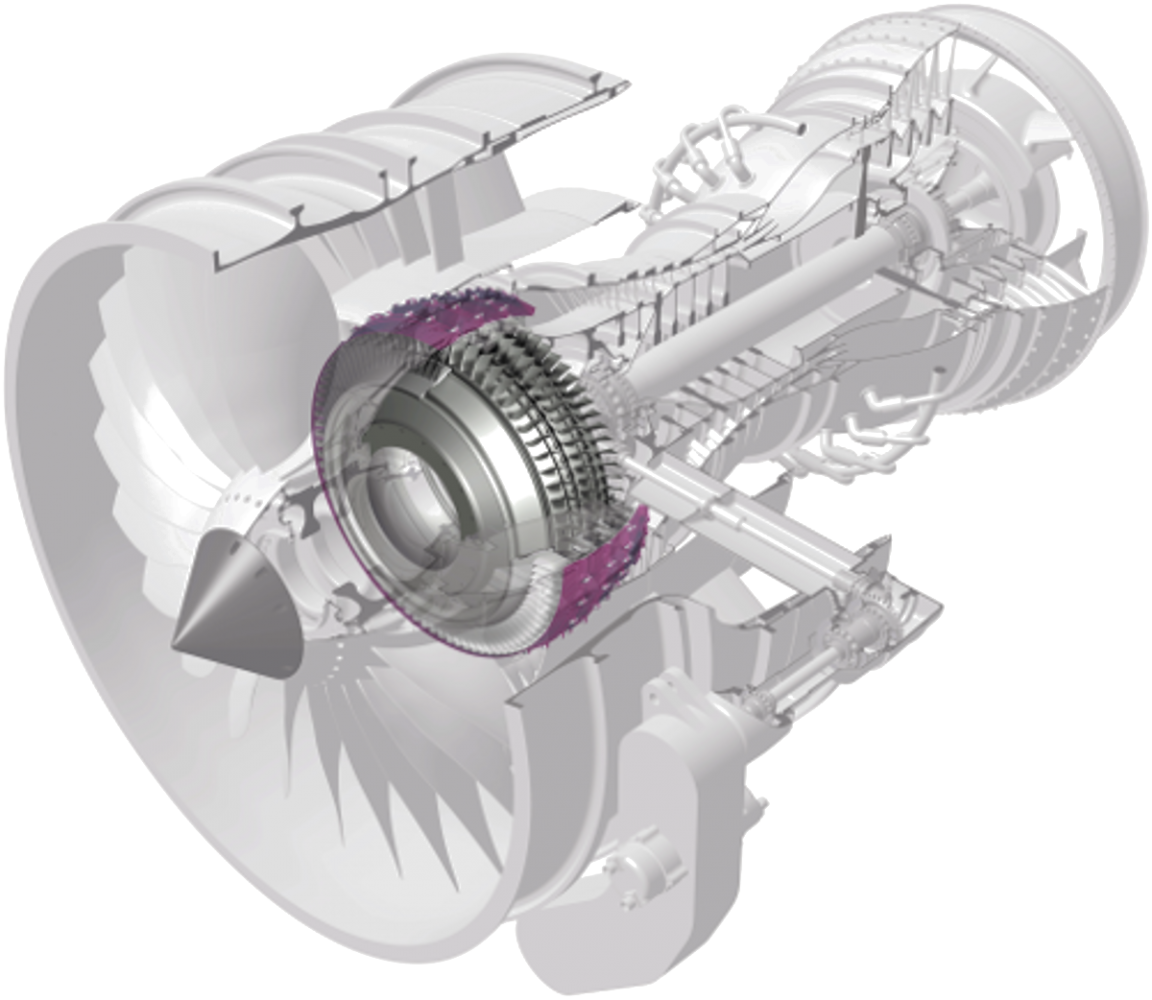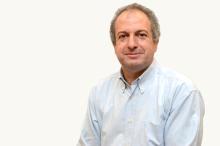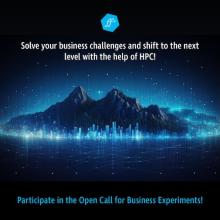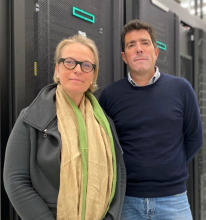LUMI BE USER DAY 2025
On December 17th, 2025, the third edition of the LUMI-BE User Day will take place in the Marie-Elisabeth Belpaire Building, Bd Simon Bolivar 17, Brussels.
It is jointly organised with the VSC (the Flemish Supercomputer Center) Users Day.
The LUMI-BE parallel session contains experiences and inspiring stories from LUMI users.









